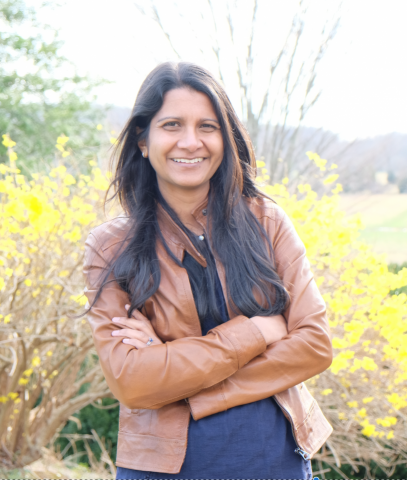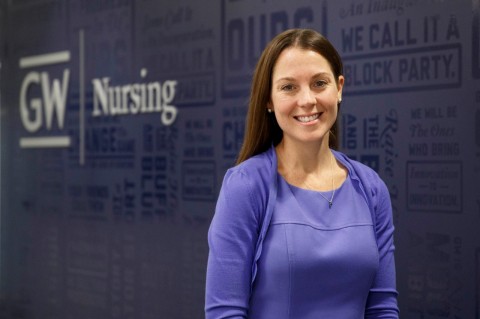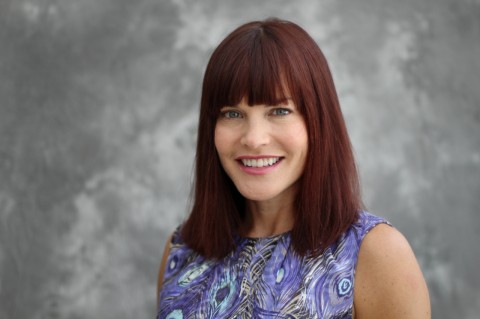Missed out on the June #HMIChat about the promises and perils of the hidden curriculum? In this post, we recap the key points from the conversation and further enhance our learning on the topic.
The June HMIChat was a lively discussion on participants’ experiences with the hidden curriculum, how their institutions aligned the hidden curriculum with the formal curriculum, and how the hidden curriculum can be harnessed in positive ways to enhance learning.
We began by defining the hidden curriculum as learning that occurs by means of informal interactions among students, faculty, and others; and/or learning that occurs through organizational, structural, and cultural influences intrinsic to training institutions.
In the participants’ experience, the hidden curriculum could have both a negative and positive impact on our learners. Throughout the chat, role modeling emerged as a critical influence. Educators have constant opportunities to teach positive lessons in the hidden curriculum. For example, one participant recalled how her favorite attending taught the value of interprofessional teams when he pitched in to “clean bedpans...and knew the name of every single support staff in the building...that’s role modeling.”
Another theme was the idea of thinking out loud to explain or draw attention to aspects of the hidden curriculum. Emphasizing positive behaviors prevents them from going unnoticed. Thinking out loud can also be an opportunity for self-assessment. Learners appreciate times when educators are honest and relatable. Learners can also be primed to recognize and think about the hidden curriculum before they start their clinical rotations.
The hidden curriculum can widen the divide between specialties and reinforce “tribalism” in medicine. For example, the idea that certain traits are assets in one field but liabilities in another: “Too compassionate to work in an ICU”, “too nice to be a surgeon”, “too smart to go into primary care”—these assumptions can make learners feel uncomfortable but can also have the tangible effect of influencing specialty choice. This is especially disconcerting when it involves traits that should be common to all health care professionals, such as caring about your patients, or intelligence. Sometimes when students are warned off a particular field, the warning is implicit, but sometimes it is more explicit as several shared their stories of being categorically told not to go into a particular field. This is further perpetuated by “specialty shaming” on rounds or in clinical discussions.
Another theme that emerged is the value of the debrief for learners. On a busy day, “bookmarking” can be a way to remind ourselves to discuss a particular incident or interaction. The debrief can be an important way to create a safe space for learners to express their feelings, but also to turn a negative interaction into a positive learning experience. Learners have the opportunity to reflect on why someone exhibits a particular negative behavior, rather than just thinking that they would never do that themselves. Debriefing can also make learners feel like they belong and provide resources to help with what could otherwise be an internal struggle.
The discussion also focused on how emotion plays a big role in the hidden curriculum—how the learners feel, how the educators feel. Creating a safe space to express those emotions is important, as is each of us being aware of our own emotions and discussing rather than hiding them. One HMIChatter described remembering her attending’s emotional reaction to a patient death as a positive example. Creating this safe space also contributes to a culture of safety—where everyone, including and especially learners, feels comfortable speaking up when necessary. This safe space doesn’t apply only to interactions between learners and educators, but to different members of the team, for example between physicians and nurses.
Finally, there were numerous reminders throughout the discussion that everyone’s priority should be patient care, and that centering ourselves around making the patient a priority is a helpful way to align the hidden curriculum and the formal one. As one HMIChatter concluded, “We need to start by reinforcing the power of the hidden curriculum. We have the power to change it…and by role modeling the change we seek we can transform the system for our patients.”
As moderators, we felt that the chat validated much of what we felt about the hidden curriculum. It also generated practical strategies, as we have shared, about how to highlight the positive aspects of the hidden curriculum which we will apply in our daily interactions with learners.
Author/Moderator BIO's
Amita Sudhir, MD (Educators ‘18) is an emergency physician and Assistant Professor at the University of Virginia School of Medicine. She is the director of the 3rd year emergency medicine clerkship and assistant program director of the emergency medicine residency. Her interest include teaching procedures, residents as teachers, and physician burnout. You can reach her on Twitter @SudhirAmita.

Lekshmi Santhosh, MD (Educators ‘18) is Assistant Professor of Pulmonary & Critical Care Medicine and Hospital Medicine at the University of California-San Francisco. There, she serves as the Associate Program Director of the Pulmonary/Critical Care Fellowship. Her medical education interests include career choice, transitions of care in the ICU, professionalism, and advocacy. You can reach her on Twitter @LekshmiMD.

Ashley Darcy-Mahoney, PhD, NNP, FAAN (Educators ’18), is Assistant Professor at the George Washington University School of Nursing. She is a neonatal nurse practitioner and researcher, and has worked throughout her career to advance nursing research, education and practice, with a focus on neonatology, infant health and developmental pediatrics. Her research has led to the creation of programs that improve health and developmental outcomes for at-risk and preterm infants. As the director of infant research at George Washington University’s Autism and Neurodevelopmental Disorders Institute, Dr. Darcy-Mahoney advances the body of research in infant health and developmental outcomes in high-risk infants with a focus on understanding the early brain and development trajectories in this population. You can reach her on Twitter at @AdarcyMahoney.

Elizabeth Gundersen, MD, FHM (Educators ’16) is a palliative medicine physician and Assistant Professor at the Charles E. Schmidt College of Medicine at Florida Atlantic University where she is the Director of the Ethics Curriculum and the Geriatrics & Palliative Care Clerkship Director. Her interests include professionalism, professional identity formation, and mentoring. You can reach her on Twitter at @top_gundersen or LinkedIn.

#hmichat
#hmichat has not set their biography yet

